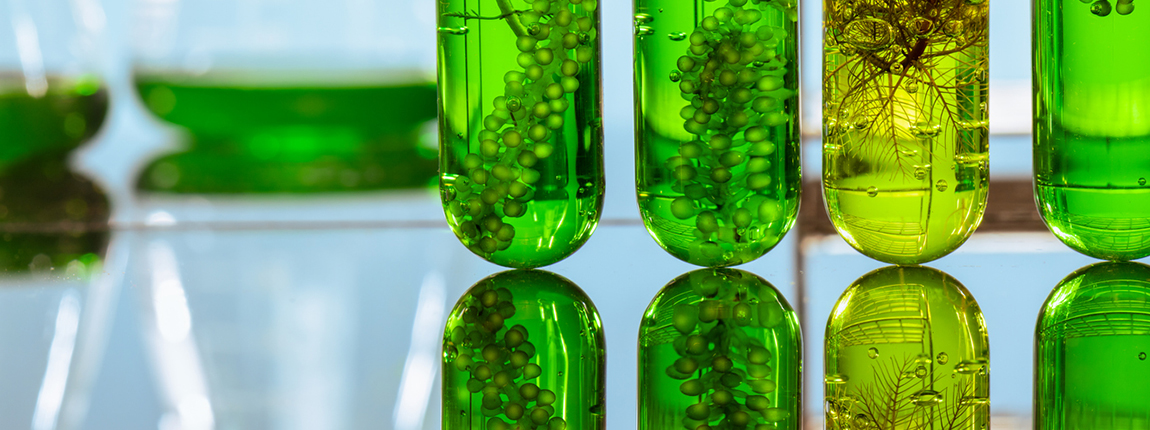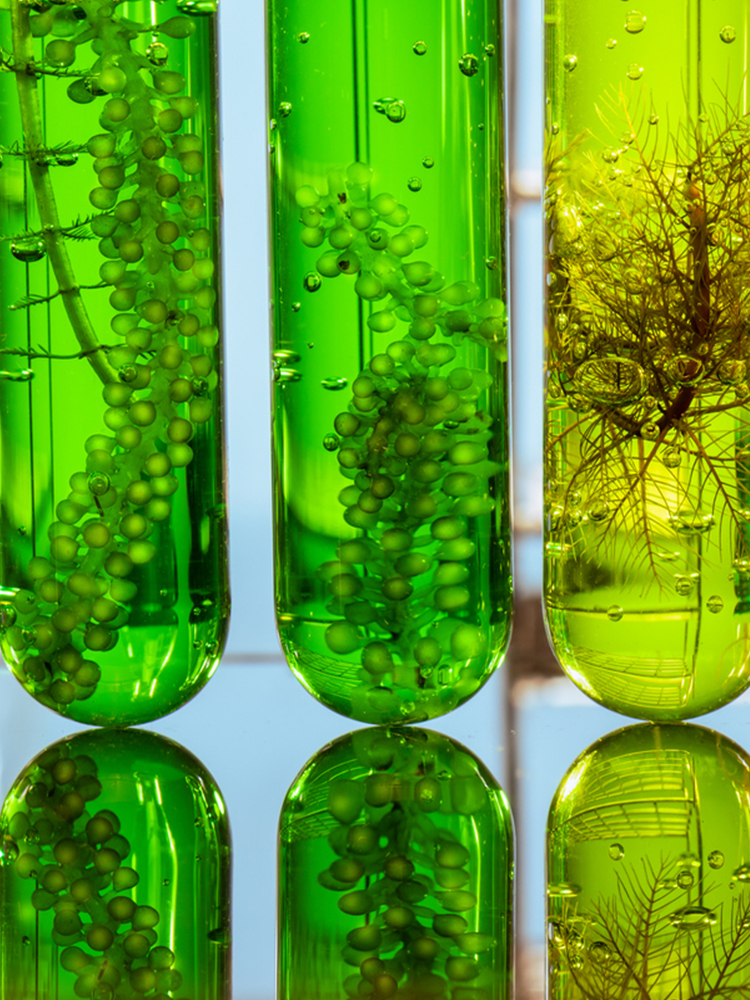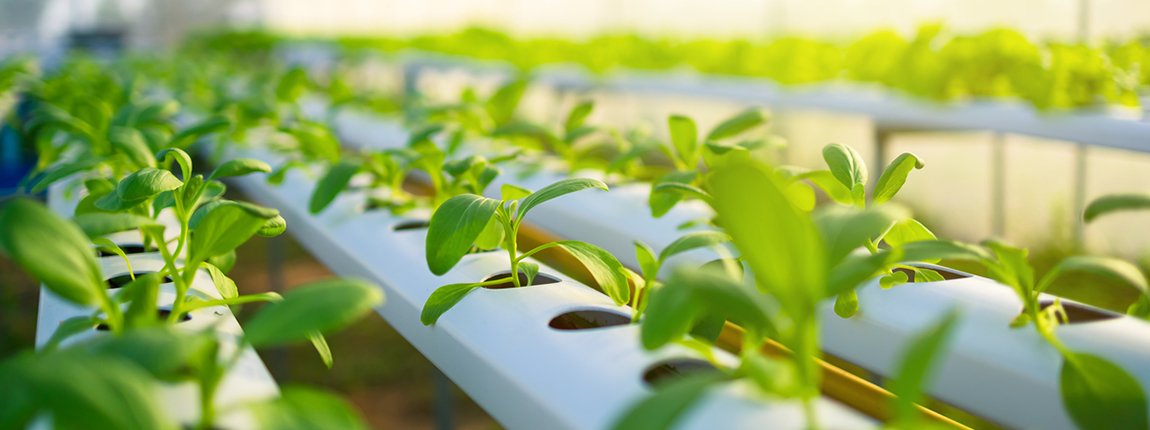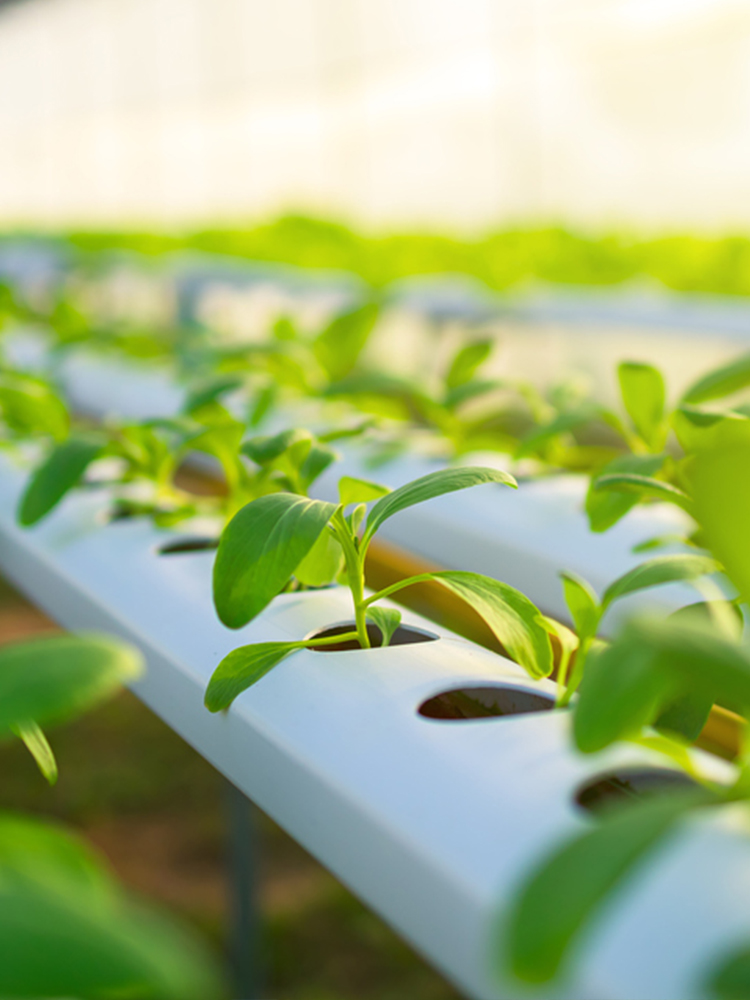What is Bioeconomy and wich role Italy can play thanks to open innovation
Bioeconomy uses all renewable biological resources, including waste, to produce sustainable goods, services and energy. With initiatives such as the TERRA NEXT accelerator, Italy can become the global leader: here’s how
When we talk about bioeconomy, we mean the socio-economic system that includes and interconnects the economic activities that use renewable natural resources from land and sea - including scraps and waste - in a sustainable way to produce goods, services and energy.
A sector closely linked to the territories due to the ability to create integrated multidisciplinary supply chains in local areas and return nutrients to the soil, making the bioeconomy one of the pillars of the European Green Deal and of numerous projects included in the PNRR.
The bioeconomy, therefore, transversally includes all industrial and economic sectors that use natural resources (e.g. biomass) such as agriculture, forestry, energy, aquaculture and fishing, chemical and pharmaceutical industries, textiles, cosmetics, paper, food and industrial biotechnology.
Focusing on the use of first and second generation biological resources and their transformation into intermediate goods and services, the bioeconomy represents a meta-sector with a high innovative potential capable of responding to contemporary global challenges such as climate change, the reduction of CO2 emissions and the regeneration of the biosphere, while protecting the environment and biodiversity.
In this sense, the bioeconomy and the circular economy complement each other with a circular bioeconomy model that includes the basic principles of circularity and, at the same time, exploits techniques and processes typical of the bioeconomy.


How much is the bioeconomy worth in Europe and in Italy
Italy, as indicated in the eighth Report on the Bioeconomy in Europe and in Italy drawn up in 2022 by the Intesa Sanpaolo Studies and Research Department, plays a leading role in the EU area.
At European level, the bioeconomy, understood as a system that exploits biological resources as an input for production, in 2021 generated an output of 1,459 billion euros between Germany (463.6 billion), France (379.4 billion), Italy (364 billion) and Spain (251.5 billion), employing 7 million people in the four countries.
Furthermore, at the national level, the sector recorded a rebound in output of 10.9% in 2021 after the contraction due to the pandemic (-6.5%): a decidedly smaller decline than that of the entire national economy (- 8.9%), which demonstrates the resilience of the bioeconomy and its weight on the Italian economy in terms of production (11.4% of total output) and employment, as it employs 2 million people (more than 8% of the total, a percentage which rises to 10.4% in the South).
The growth of the bioeconomy continued in the first quarter of 2022, with the subsequent change of context due to the energy crisis and the outbreak of the Russian-Ukrainian conflict which led to cost increases and problems in the procurement of energy and agricultural inputs, negatively impacting some sectors including agriculture, fishing, paper and derivatives.
Taking 2021 as a reference, in Italy the agri-food chain is worth about 60% of the bioeconomy with an output of 216 billion euros (153 from food & beverage and tobacco and 63 from agriculture), followed by the fashion system (production equal to 42 billion) and from wood and furniture, with paper accounting for 7.6% of overall output. Without neglecting the importance of bio-based pharmaceuticals and chemistry as well as bioenergy and biomaterials used, for example, in construction.


The importance of innovation for the development of the bioeconomy
Furthermore, the country has a large network of companies and startups active in R&D of new materials and processes based on the bioeconomy, with around 1,000 innovative companies surveyed in the first quarter of 2022. A dynamic and complex system, which thanks to research, use of new technologies and co-innovation processes has the potential to make Italy a world leader in an area with enormous growth margins.
To speed up the transition to sustainable and resilient development models, however, it is necessary to intervene on the braking elements such as bureaucracy to attract Italian and international investors and thus bridge the gap with China and the United States, making Italy a catalyst for innovation and investments in multiple sectors that are part of the bioeconomy.


Bioeconomy and open innovation: the TERRA NEXT acceleration program
It is therefore necessary to support innovative realities and promote the culture of open innovation. In this sense, on the initiative of CDP Venture Capital with Intesa Sanpaolo Innovation Center as promoter and co-creator and the support of Cariplo Factory as operational manager, in 2022 started TERRA NEXT: the first bioeconomy accelerator aimed at innovative startups and SMEs with the aim of creating interconnections with the scientific excellence of the territory and with leading companies in the sector.
TERRA NEXT was designed to support up to 30 startups, scale-ups and innovative high-potential SMEs over a period of 3 years that have created solutions for the bioeconomy, focusing on nutraceuticals, circular & bio-materials and regenerative agriculture.
In 2023 the innovative companies selected by the Selection Board will participate in the second edition of the 3-month acceleration path which will take place - as in 2022 - on the San Giovanni a Teduccio Campus in Naples between May and September, ending with a Demo Day in October.
An experience that led the Pisan startup DND biotech - hero of the first edition and active in the production of robots for bioremediation - to participate as a sub-contractor in the large reclamation project of 250 hectares of land in Kuwait. A concrete testimony of the value and
